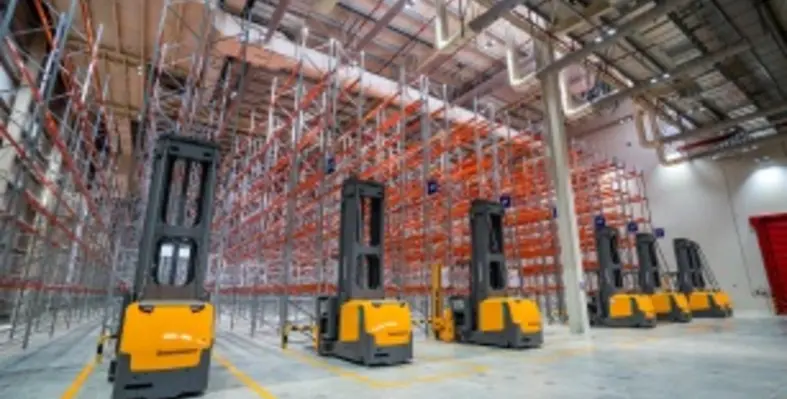The AMANA Construct vertical of Group AMANA has delivered the third phase of the DB Schenker mega logistics centre in Dubai, which will serve as a key distribution hub for the GCC
AMANA completed construction of the enormous 37,000 sq m of green warehouse space utilising 100% renewable energy. This takes the Group’s total logistics footprint in Dubai to 84,000 sq m.
AMANA is at the forefront of disrupting the construction sector, making it faster, safer, greener, and smarter by leveraging technology and modular construction methodologies through its subsidiary DuBox. As a market leader in building green logistics centers in the region, AMANA used the offsite construction method at the DB Schenker logistics centre to deliver improved product quality and a 30% reduction in construction duration.
AMANA also used BIM and MEP services to streamline the construction process and to collaborate through cloud-based and network servers. BIM enhanced project coordination between the various teams and clients. It also ensured standardised products were produced in a factory environment, then shipped and assembled on site. This ensured faster construction, better coordination between departments, safer sites and less waste.
Joe Labaky, general manager of UAE and Emerging Markets at AMANA Contracting, said, “We are delighted to announce the completion of another milestone project in the UAE which will enhance its competitiveness as a key regional logistics hub. Despite the economic challenges over the past two years and its impact on the cost of construction materials, AMANA delivered the project on time and within the allocated budget. We were also able to achieve one million man-hours of LTI upon completion of the project – which is a tremendous achievement.”
AMANA’s commitment to delivering clean building practices and high quality is reflected in the existing tools and technologies it used throughout the DB Schenker logistics centre. Through its company DuBox, AMANA significantly reduced carbon emissions during construction. By developing various components offsite in factory-controlled conditions, AMANA was able to significantly reduce wastage and other overheads. In addition, AMANA used solar panels on the roof and other special construction materials to further reduce emissions during operations.







